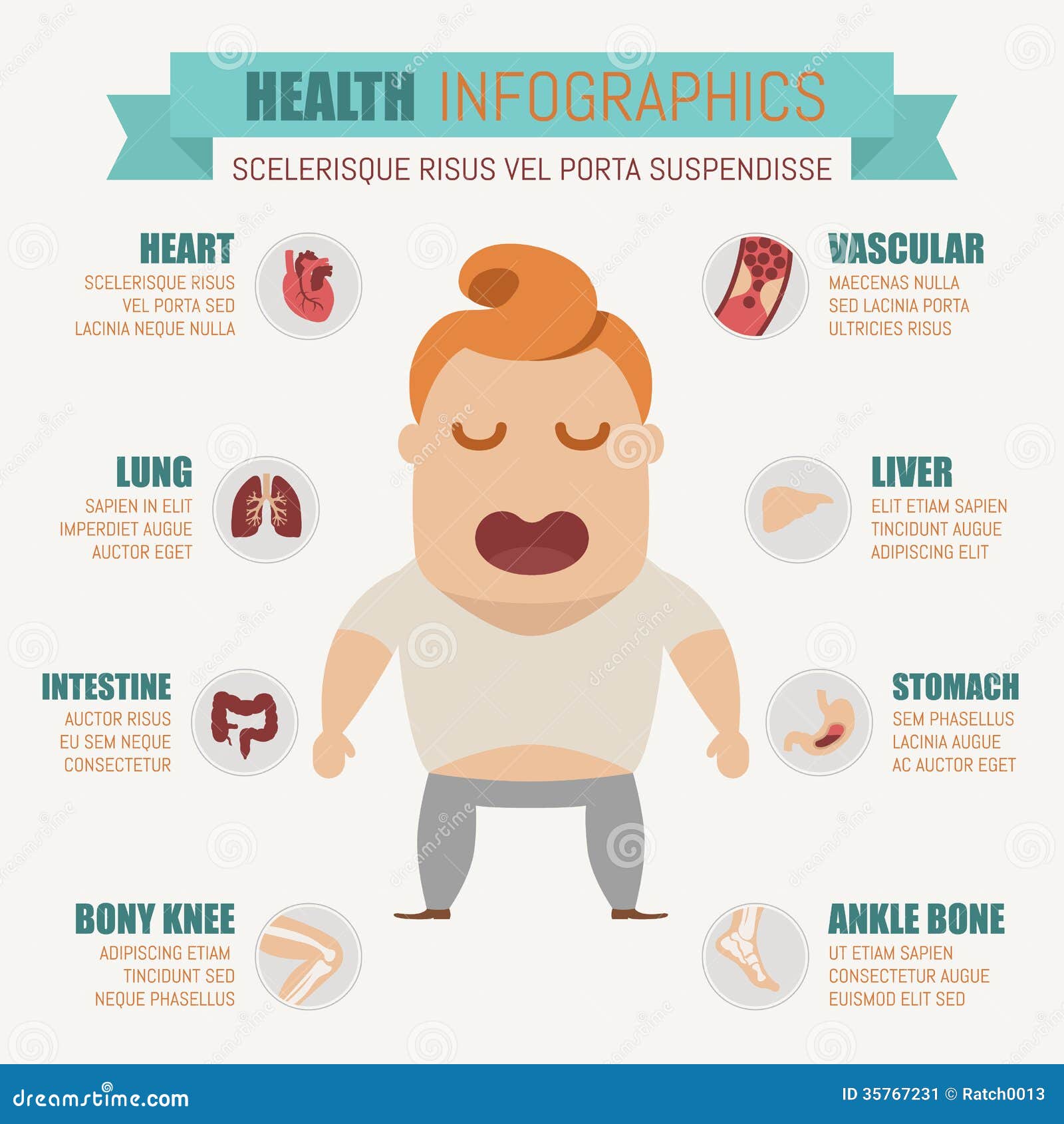Discover The Rupture Kinds That Require Surgical Action. From Inguinal To Hiatal, Find Out Every Little Thing You Need To Understand For An Effective Intervention

Material Written By-Gentry Boysen
* Inguinal hernia: A projection of tissue with a damaged location in the stomach wall, often on one side of the groin.
* Hiatal rupture: A protrusion of the tummy through the diaphragm and into the chest dental caries.
* Umbilical rupture: A lump near the stubborn belly button that occurs when a weakened location in the abdominal wall enables fat or various other tissue to press with.
* Ventral hernia: A lump that takes place when a weakened area in the abdominal wall surface allows fat or other tissue to push through, commonly near a previous medical cut.
* Incisional rupture: A lump that occurs when a damaged area in the stomach wall enables fat or various other tissue to press through, commonly near a previous medical laceration.
It is essential to note that not all hernias need surgical procedure, yet these types do. If you suspect you have a hernia, it's important to get in touch with a healthcare expert for proper medical diagnosis and treatment.
So, you've been experiencing some discomfort lately, and after a detailed exam, your medical professional has actually figured out that you have a hernia. Currently, prior to you start stressing, it is essential to recognize that not all ruptures need medical intervention.
Nonetheless, there are particular kinds that do, which's what we're here to talk about. From inguinal ruptures to umbilical hernias and even hiatal ruptures, each one presents its very own distinct difficulties and factors to consider.
Yet let's not get ahead of ourselves just yet. We'll study the specifics quickly enough.
Inguinal Ruptures
If you're experiencing discomfort and discomfort in your groin area, you may have an inguinal rupture that needs surgical intervention. https://www.distractify.com/p/michael-my-600-lb-life-now occurs when a part of the intestinal tract or cellulite pushes through a weak spot in the inguinal canal, which lies in the reduced abdominal area.
This sort of rupture is extra usual in males than ladies and can be brought on by elements such as heavy training, stressing during defecation, or persistent coughing. Signs and symptoms of an inguinal hernia include a bulge in the groin location, pain or discomfort when coughing or lifting, and a feeling of pressure or weak point in the groin.
If left unattended, an inguinal hernia can lead to problems such as digestive tract obstruction or strangulation, which is why medical treatment is required to repair the hernia and prevent further difficulties.
Umbilical Hernias
Do you know what an umbilical rupture is and exactly how it can be dealt with operatively?
An umbilical rupture occurs when a part of the intestinal tract or stomach cells protrudes via a weak spot in the stomach wall near the stomach switch.
If you have an umbilical hernia that calls for medical treatment, below are 3 treatment choices to take into consideration:
- Hernia repair service surgical procedure: This is the most common treatment for umbilical hernias. Throughout the procedure, the doctor will certainly make an incision near the rupture and press the protruding tissue back into area. They'll then strengthen the abdominal wall making use of stitches or a mesh spot.
- Laparoscopic surgical procedure: In some cases, a minimally intrusive strategy called laparoscopic surgical procedure may be utilized. This strategy involves making small cuts and utilizing an electronic camera and specialized devices to fix the rupture.
- Open surgical procedure: In even more intricate situations, open surgical treatment may be essential. This entails making a bigger laceration to access and fix the hernia.
Hiatal Ruptures
A hiatal rupture happens when part of the belly protrudes with the diaphragm into the breast tooth cavity. This kind of rupture is reasonably common and usually needs medical treatment.
Hiatal ruptures can be classified right into 2 main kinds: sliding and paraesophageal ruptures. Gliding hernias are the most common and occur when the lower part of the esophagus and the top of the belly slide up right into the chest via the hiatus, a little opening in the diaphragm.
On the other hand, paraesophageal ruptures are much less usual yet a lot more extreme. In https://k12.instructure.com/eportfolios/213645/Home/Get_The_Lowdown_On_Rupture_Surgical_Treatment_Your_Leading_Questions_Addressed_By_Experts , a portion of the stomach presses through the hiatus alongside the esophagus, creating possible problems like gastric volvulus or strangulation.
Surgical repair work is typically essential to deal with hiatal ruptures and relieve symptoms such as heartburn, breast pain, and problem swallowing.
Final thought
So there you have it, the different kinds of hernias that call for medical intervention.
One instance of a hernia instance that called for surgical procedure is John, a 45-year-old man that experienced an inguinal rupture. Despite his initial pain and concern, John selected surgical treatment.
The treatment achieved success, and he experienced a complete recovery, enabling him to go back to his normal activities without any more problems.
Bear in mind, it's important to talk to a medical care professional if you presume you might have a rupture that calls for medical therapy.

